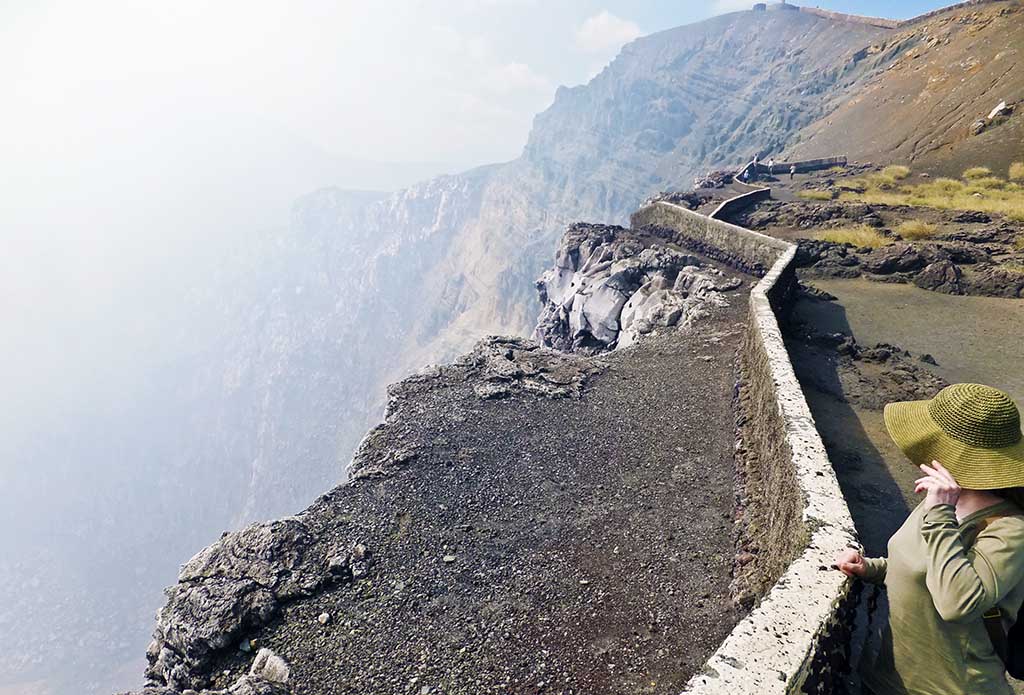
It’s enough to get you believing there really is an Underworld.
The unholy heat, the endless smoke and the choking smell of sulfur that you sense at the rim of the Mombacho volcano’s seemingly endless abyss is just what we’ve been primed to think of as normal climate in downtown Hades.
Nicaragua’s drive up volcano was the afternoon destination of our tour from Star Clippers’ Star Flyer that spent the morning in colonial Granada. This gaping, gassy hole in the earth has been the uneasy neighbor of Granada since it was founded 400 years ago by the Spaniards.
Driving up the steep road to the crater it’s clear that when it wants to, Mombacho can put up quite a fuss. Eruptions in the seventeenth century created miles of twisted black lava flows that even today are nearly devoid of life.
The priests of the Catholic Church feared it was the actual gateway to Hell and they decided to do whatever they could to keep Lucifer at bay, our guide, Enrique says.
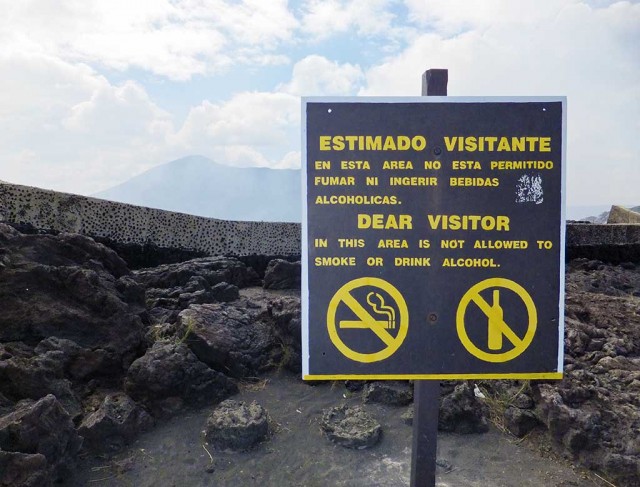
The volcano was officially exorcised in a ceremony that today is memorialized by a big cross on a hill at the edge of the crater. And the expulsion of its demons seems to have worked because it hasn’t erupted since—but there’s still a constant reminder that it could.
A sign politely warns visitors not to smoke. All right, but tell that to the volcano that’s belching so much thick vapor that even with the sun shining there’s no way to see the bottom of the crater—if there is one.
It’s a weird volcano because instead of a towering smoking cone it’s a deep hole on level ground. It’s like the earth just opened its mouth one day to let off steam. With all the heat and the smoke, no one really needs a reminder not to lean too far over the edge of the wall that runs around the rim.
My fellow passengers on an expedition from Star Flyer turned out to be relieved there’s no stair climbing or bungee jumping here. In fact most of us retreated to the bus coughing like Camille from the sufur fumes.
I couldn’t really figure out why they need a parking lot here that’s big enough for about a hundred cars and has 10 spaces for school buses. We were on our way within 30 minutes of when we arrived.
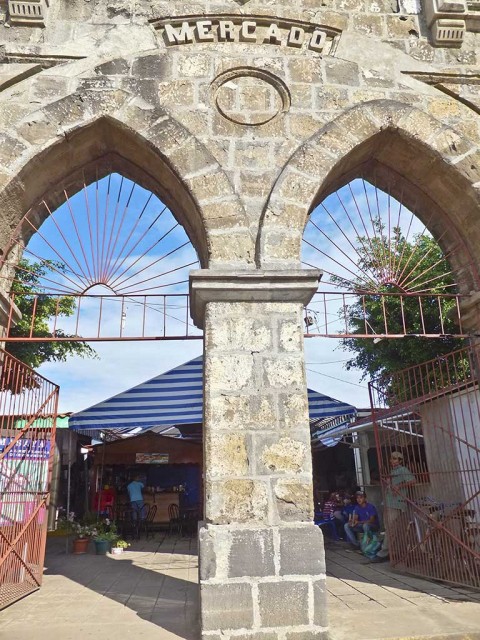
Next stop is the century-old Mercado in Masayo, that’s the prototype for enclosed shoppng malls around the world. Its stone walls resemble a fortress and even though it has lots of doors all around for displays and loading goods, they can all be closed for security at night and when there’s fighting in the streets. It was very prescient of those builders, considering streets like this were the scenes of some pitched batttles during Nicaragua’s civil war in the 1970s.
I wish there was more to be said for the goods on display in the Mercado. The crafts in the shops are pretty generic and some of the coffee mugs were clearly marked Made in China. The best local crafts seem to be embroidered dresses and skirts, and most of them were in small sizes–just the thing for doting grandmas to bring home for their grandkids.
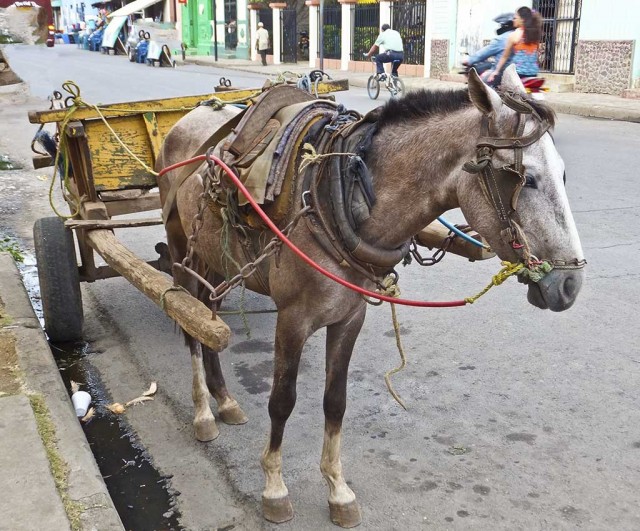
The tour had one more stop: a walk to the shores of Lake Nicaragua as the sun started setting. Jutting out of the choppy water are two volcanoes that are scenic as can be, but whose presence was a major reason why the lake isn’t part of one of the most strategic waterways in the world, our guide explains.
It seems that in 1901 the U.S. started thinking of building a canal across Nicaragua after an original plan to build a sea-level canal across Panama didn’t work out.
Advocates of a Panama canal started lobbying against the Nicaragua plan and a Nicaraguan volcano came to their aid. In 1902 Momotombo—a different volcano about 100 miles from Mombacho –blew its top.
The scene was put on a local postage stamp and the lobbyists mailed every U.S. Senator a letter with one of the stamps showing the erupting volcano.
Scenic but dangerous volcano on Lake Nicaragua–Photo by Wallace ImmenNeedless to say, the Americans decided “Adios Nicaragua, we’re building in Panama.”
Of course it would have changed history because if the canal had been built, this might be American territory today. Who knows how that might have changed the years of civil war and the economic funk the country finds itself in today.
And the canal’s gateway from the Pacific would have been San Juan del Sur where we started our tour from the Star Flyer.
We were back at the port and it had been a long day. I was glad to be returning to Star Flyer.
Passing by the open air restaurants selling simple rice and beans, I could look forward to a wonderful meal on my floating hotel.
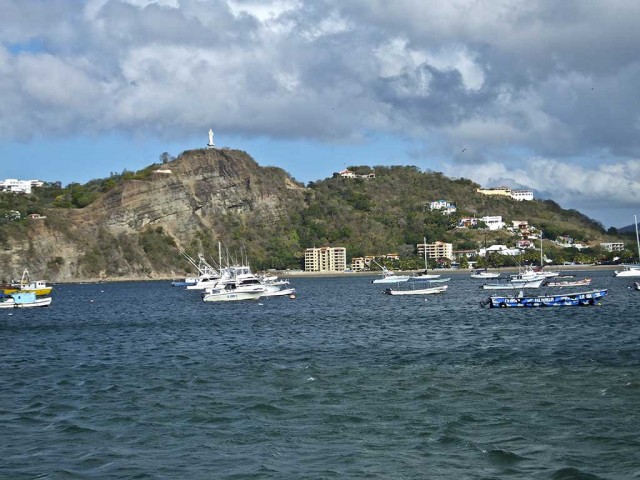

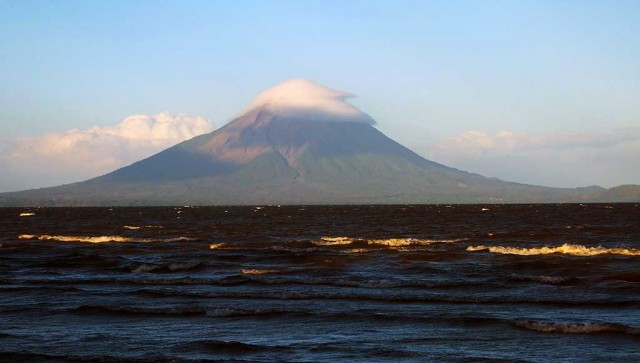
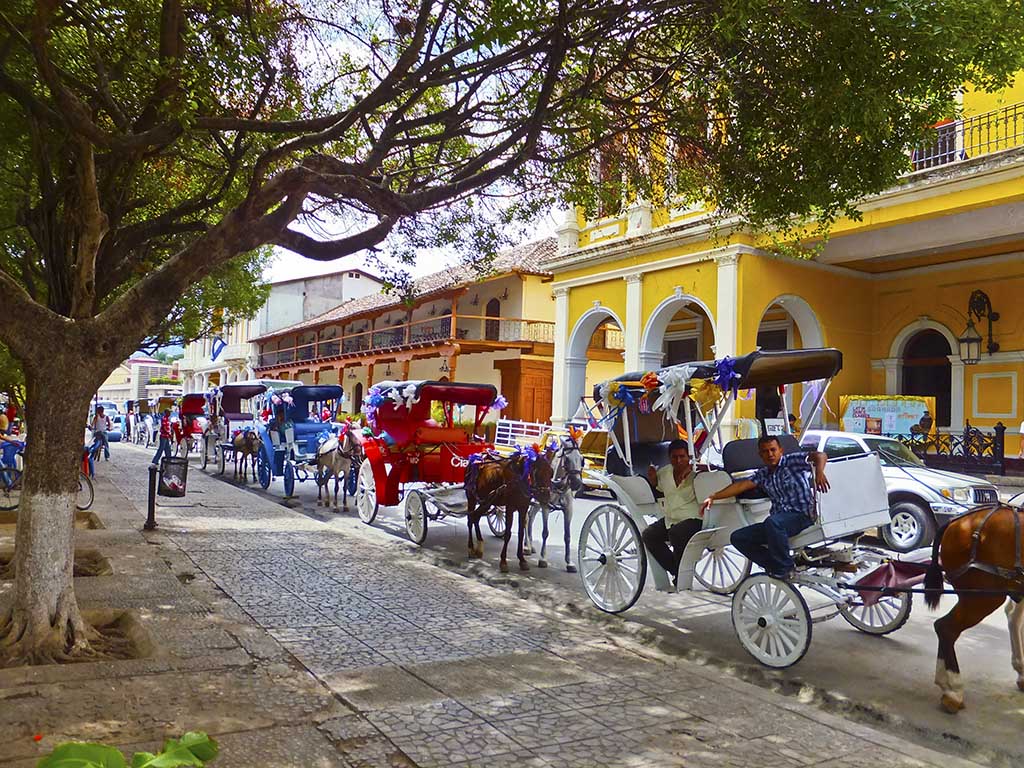
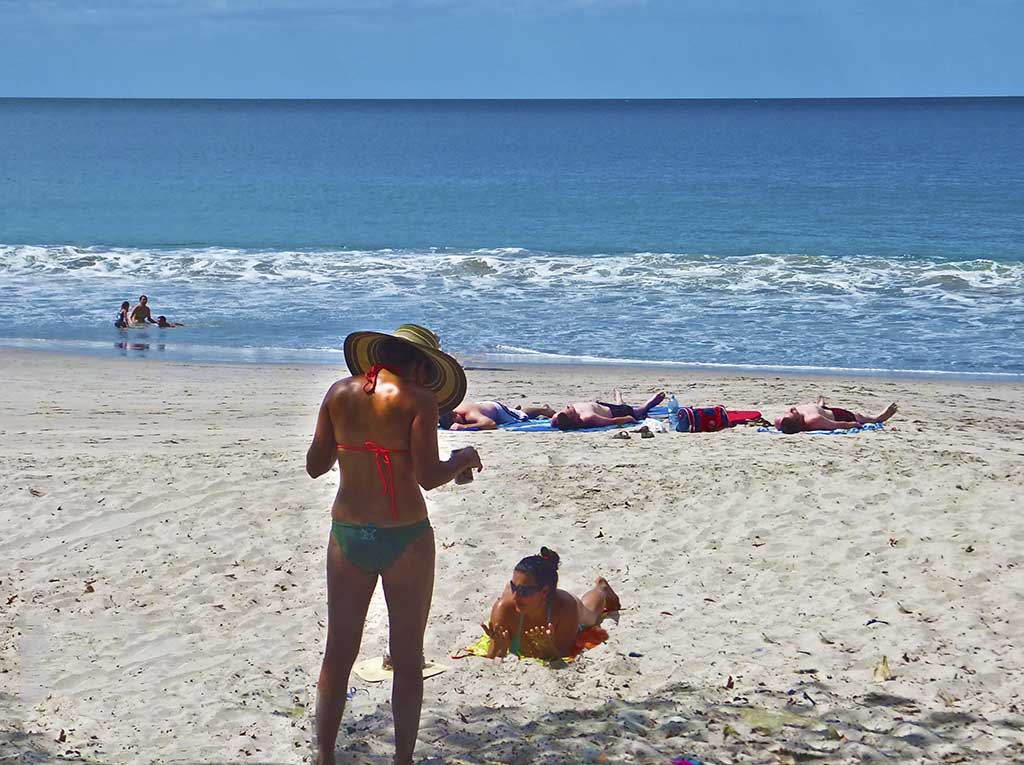

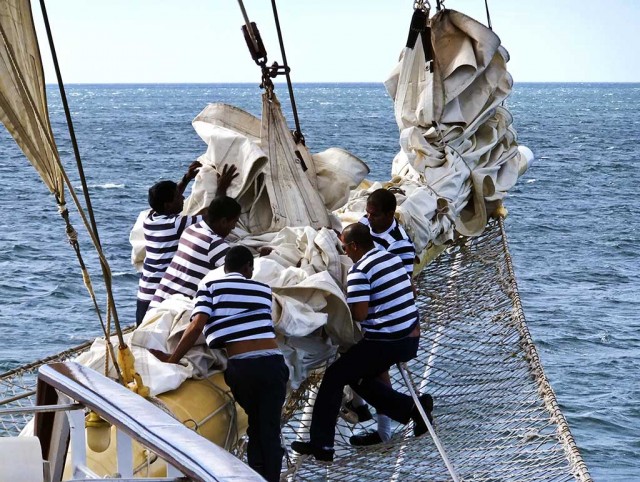
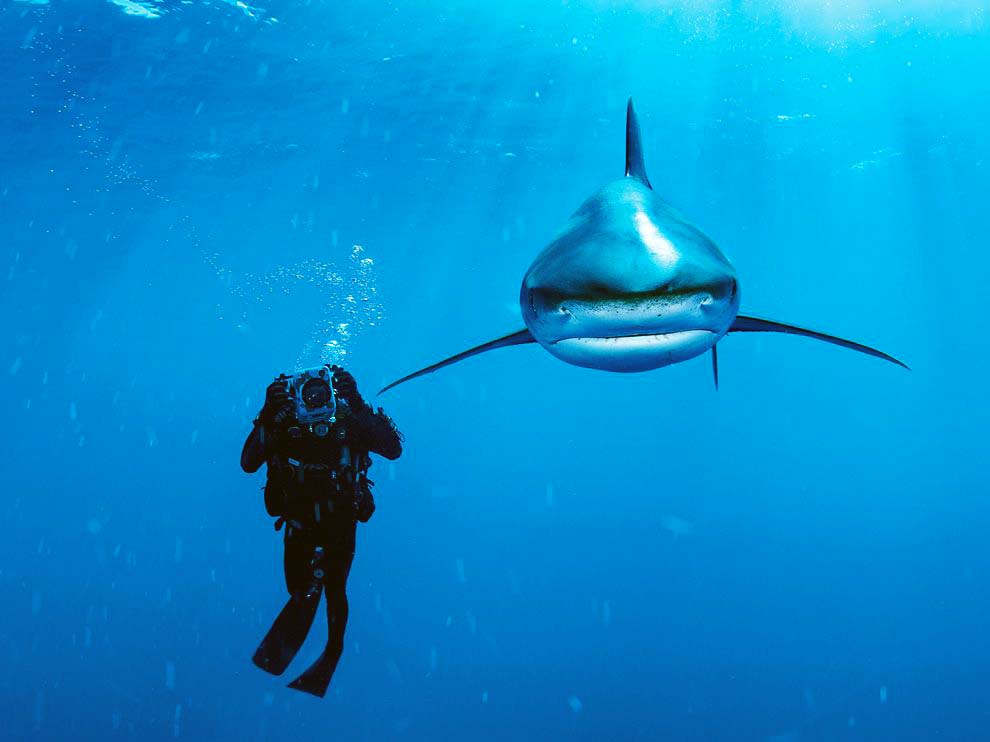
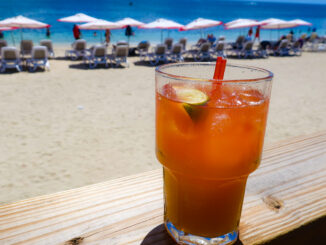
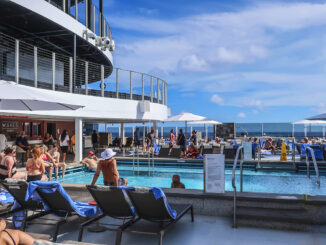
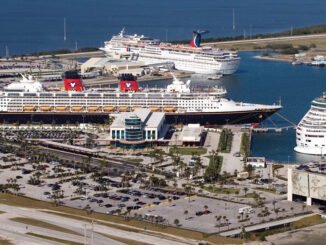
1 Trackback / Pingback
Comments are closed.